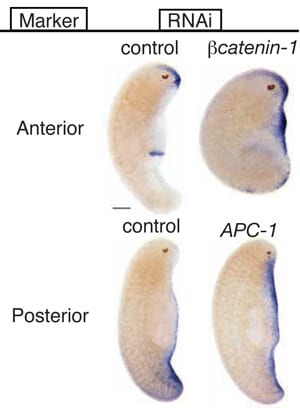2008
Journal Publication
StemBook
Stem Cells in Animal Models of Regeneration
Gurley KA, Sánchez Alvarado A
Discovered centuries ago, regeneration is a fascinating biological phenomenon that continues to intrigue. The study of regeneration promises to inform how adult tissues heal and rebuild themselves such that this process may someday be stimulated in a clinical setting. Although mammals are limited in their ability to regenerate, closely and distantly related species alike can perform astonishing regenerative feats. Many different animals representing almost all phyla harness an innate ability to rebuild missing adult structures lost to injury. However, it is unclear which aspects of regeneration are conserved and which are unique to a given context. One aspect of regeneration that appears to be shared is the use of stem/progenitor cells to replace missing tissues. In this chapter, we review what is known about the natural role of stem cells during animal regeneration. While many animals regenerate, we limit our discussion to amphibians, zebrafish, and planarians, well-studied bilateral organisms that invoke cell proliferation in response to injury. With the exception of planarians, the cellular source of regeneration remains mysterious. Are stem cells that rebuild missing tissues present prior to injury, or are they generated during the injury response? If they are generated de novo, where do they come from? Can regenerative stem cells give rise to all of the missing cell types, or are multiple lineage-restricted stem cells required? Current studies in the field of animal regeneration are intensely focused on answering these central questions.[/two-thirds]
Address reprint requests to: Alejandro Sánchez Alvarado



